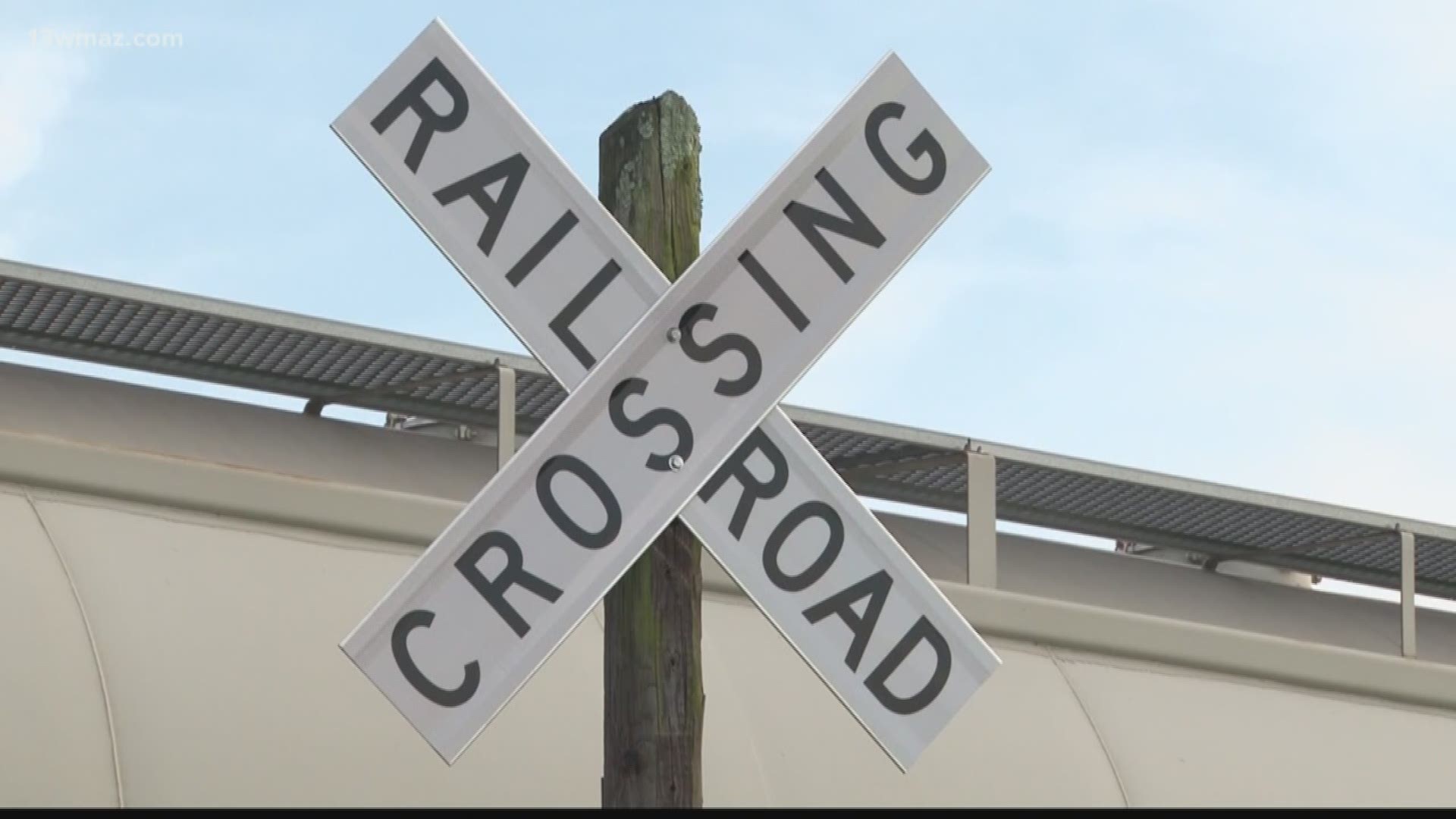REYNOLDS, Ga. — In the span of two days, train crashes across Central Georgia have killed two people and injured 3 more.
A day after a Norfolk Southern engine collided with a vehicle at the Crest Hill St. crossing, the train is running again in Reynolds.
Reynolds Police Chief Lonnie Holder puts the city's population at just over 1,000 people. In a small town like that, he says an accident like the one that happened there Thursday hits close to home.
“I mean, Fourth of July, grandson just got home with him, enjoying the festivity and this happened, you know? It's terrible. Terrible,” Holder said.
Holder says 61-year-old Melvin Turner was killed in the crash. His 11-year-old grandson who was visiting for the holiday was airlifted from the scene to Medical Center, Navicent Health.
"It hits hard because you know the person," Holder said. "Everybody knows everyone here, so when they hurt, we all hurt."
He says the 11-year-old is still in the hospital undergoing neurological testing.
Turner's cousin, Gwendolyn Corbin, was devastated.
"It felt like the bottom of my stomach had fell out," she said.
She remembers him as a man who spread joy.
"His smile, his laughter, he liked to joke a lot," she said. "We were close."
The wreck that tore them apart was the second in as many days for Central Georgia.
Chauncey Fire Chief James Atkins says another Norfolk Southern train hit a log truck in Chauncey on Wednesday, killing one and injuring two more.
"One patient was airlifted to Navicent Healthcare, and the other two was transported by Dodge County EMS,” Atkins said.
It was the first fatal train wreck ever for Chauncey and the first since 1991 in Reynolds, according to federal data.
Chief Holder hopes it's also the last
“You know look left and right, we tell our kid when they walk across the street, you know, look left and right. I ask the same thing for my citizens and people from out of town passing through. If there are railroad signs, crossing -- stop, pay attention,” Holder said.
Holder says crossings like the one at Crest Hill Street, where there is a posted sign and warning but no crossing gate, can be especially dangerous to drivers who are not paying attention.
In a statement, Norfolk Southern spokesperson Rachel McDonnell Bradshaw, said a train going 55 miles per hour takes more than a mile to stop. Bradshaw says "stay alert" when crossing railroad tracks.
Bradshaw says that active warning devices like crossing gates are installed at crossings that get the most traffic or have a history of accidents.
She says typically state officials decide where to put them, not railroad companies.
“Each state develops a priority list for grade crossing improvements based on factors such as the volume of train and motor vehicle traffic, train speed, and accident history at the crossing,” Bradshaw said.
Norfolk Southern issued this statement to WMAZ:
The Federal Highway Administration defines railroad crossing signals as highway control devices. Railroads cannot install crossing signals on their own. In most states, departments of transportation decide when and where to install active warning devices.
Each state develops a priority list for grade crossing improvements based on factors such as the volume of train and motor vehicle traffic, train speed, and accident history at the crossing. Federal funds pay about 90 percent of the cost of a signal installation, while the city or county pays the other 10 percent. A typical installation can cost $300,000 or more. Once approved, highway control devices at crossings on NS-owned track are installed and maintained by NS.
The Taylor County crossing where the incident occurred was recently updated with a stop sign, crossbucks, and reflective tape. It’s important to note that flashing gates and lights cannot prevent all highway-rail collisions, just as stop lights cannot prevent all intersection collisions. Statistics show that approximately 50 percent of all highway-rail collisions occur at crossings equipped with flashing lights and gates. Stay alert when crossing railroad tracks, and never try to beat a train at the crossing. A freight train traveling 55 mph can take up to a mile and a half to make a complete stop. By comparison, the average automobile traveling at the same speed can stop in 200 feet.
For employee and public safety, NS' goal is to remove highway-rail grade crossings where practical. Norfolk Southern, U.S. DOT, and state agencies encourage parties to eliminate crossings by constructing bridges and by diverting traffic to existing overhead, subgrade, and at-grade crossings.

